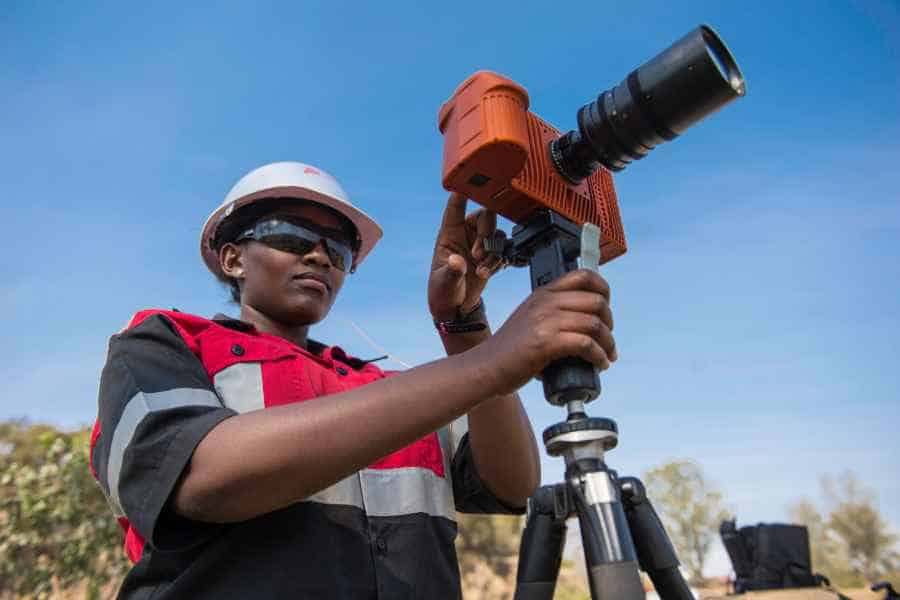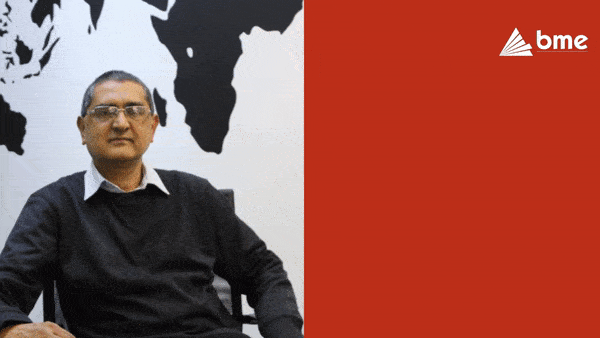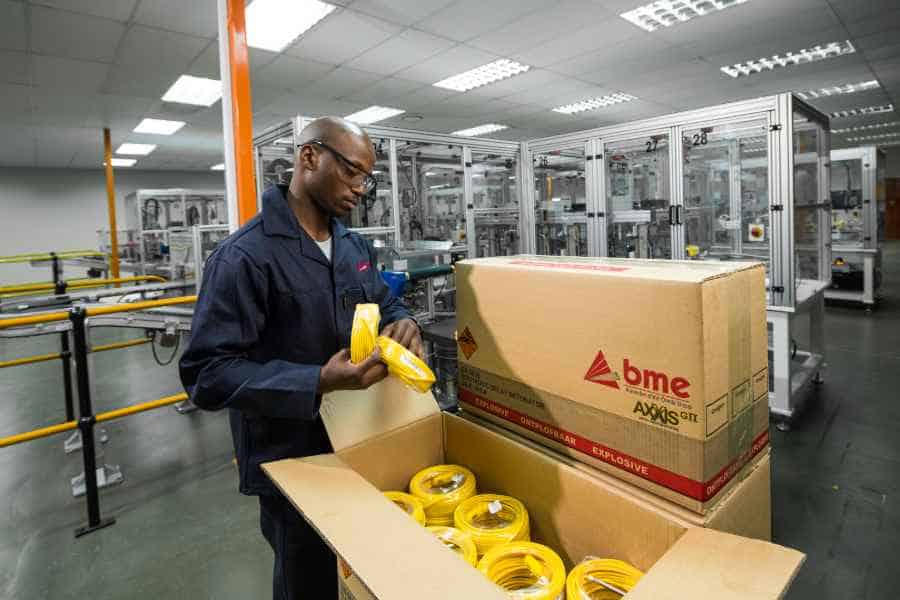Source: Bizcommunity
A local blasting company is adapting mineral scanning technology to quickly identify reactive ground conditions that could lead to blast site incidents, thereby ensuring safer blasting practices.
The term reactive ground is commonly explained as a spontaneous exothermic reaction after it comes into contact with nitrates. The reaction of concern involves the chemical oxidation of sulphides (usually of iron or copper) by nitrates and the liberation of potentially large amounts of heat. The process is unpredictable and can be so violent that it results in premature or unplanned initiation of explosives.
On-the-spot identification
“We are in the process of advancing and developing our technology by adapting a mineral scanner to identify reactive ground on-the-spot,” said Krause, “This can give us real-time information that eliminates the need for expensive lab tests and avoids having to wait weeks for the results,” says BME blasting engineer, Victor Krause,
He said the company is utilising the XRF Delta Pro mineral scanner, which has many mining and geological applications including mineral identification. Long-term solutions involve ISO thermal testing when drilled core samples are available, this will predict reactive ground way in advance and should be done whenever possible.
“With this scanner, the user can determine if the areas surrounding blast holes are reactive. This can be done days before explosives are pumped into the blast holes, so that the correct procedures are followed should reactive ground be discovered in the blasting area.”
Building a database
The scanner works in conjunction with a Trimble GPS system, updating coordinates with scanned results and building a reference database.
“This database will assist in indicating if there is a history of reactive ground at that specific mine,” says Krause. “BME plans to use this data to create a world map that identifies reactive ground zones with full information and support.”
He said the next step in the development process would be to apply the gathered data in conjunction with other technologies, such as using ISO thermal testing, drones and borehole cameras with thermal scanning technology to advance the identification process in the field of reactive ground.
BME has already developed a specialised emulsion type for use in reactive ground.





